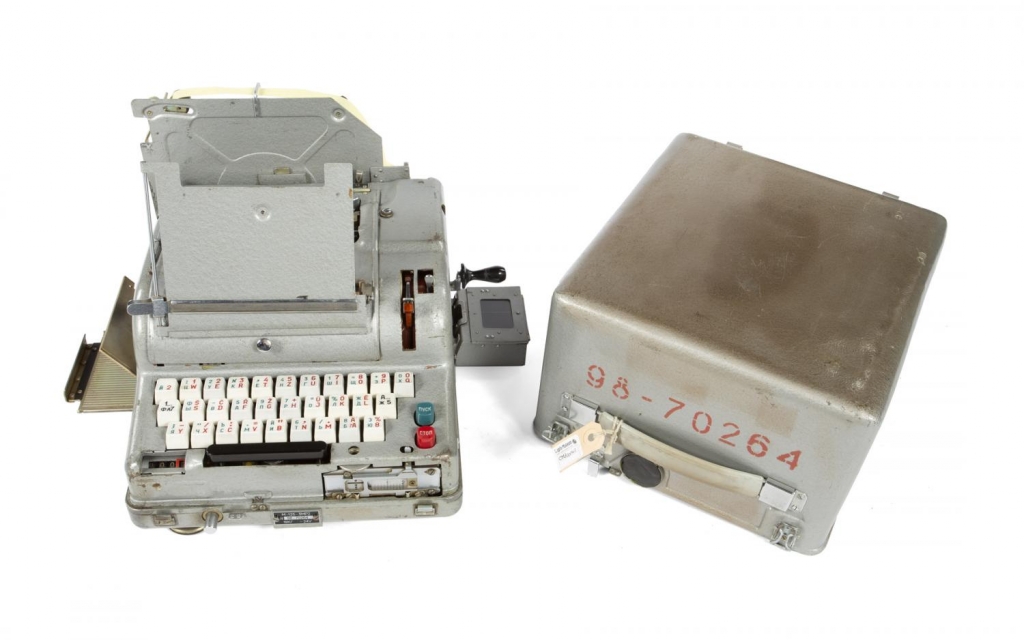According to Wikipedia, Stalin’s monument was a 51-foot tall granite statue honoring Joseph Stalin that was located in Prague, Czechoslovakia.
It was unveiled on 1 May 1955 after more than 5-1/2 years of work, and was the world’s largest representation of Stalin. The sculpture was demolished in late 1962.
This is what the monument look like for the few years before it was destroyed.

Below is a photograph of the monument being blown up. Again, according to Wikipedia,
The process of de-Stalinization began shortly after the unveiling of the monument. The monument, therefore, became an increasing source of embarrassment to the Communist Party of Czechoslovakia, and was taken down with 800 kilograms (1,800 lb) of explosives.






